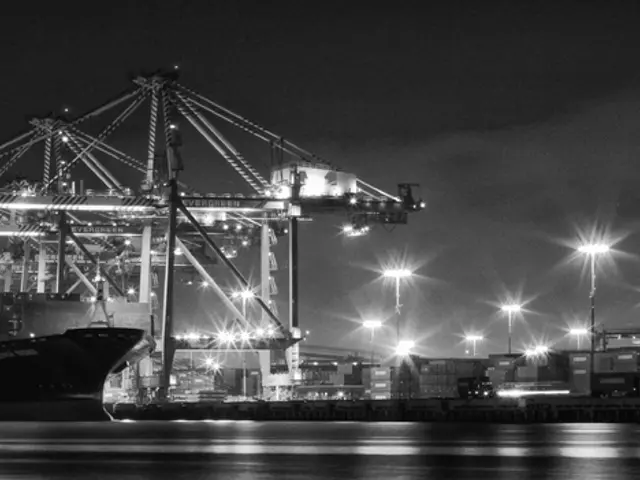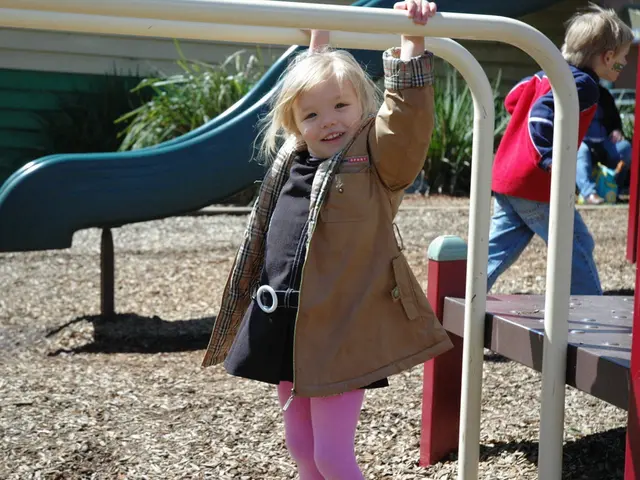Construction Woes: Munich's S-Bahn Expansion Marvels at Runaway Costs
Soaring construction costs of the Munich S-Bahn expansion project
Toss around those pocket change bills, 'cause Munich's second S-Bahn line is breaking budget records! The initial estimate of just under four billion euros? Pfft! Forget about it. Now, we're talking about a price tag well over ten billion euros, folks. And guess who's able to justify those reckless spending sprees? The CSU, Munich's nerve center.
Get this: Deutsche Bahn, the main builders on this boondoggle, have updated their figures, and according to "Süddeutsche Zeitung" (SZ), they've reached a whopping 9.4 billion euros in expenses. That's two billion more than back in 2022. In corporate Bahn documents, there was previously a vague mention of a "contribution in the billions," but this current figure reflects reality as of 2024.
Marcus Büchler, a Green Party transport politician and member of the parliamentary committee dealing with the line in question, shakes his head, saying "Yep, that was expected." He was even expecting costs of ten billion euros.
Long delays and no end in sight
There's no end to the dollars pouring out, as inflation costs still need to be added according to Bahn's estimate, which amounts to around 1.6 billion euros for the years 2025 to 2037 until the planned commissioning. The total costs would surpass the eleven billion euro mark, according to the Bahn's calculations. CSU state parliamentarian Jürgen Baumgaertner, who chairs the committee, even expects total costs of 14 billion euros.
Baumgaertner scratches his head, wondering "Who do we stick with the bill for all this?" According to the CSU, funds from Germany's new 500 billion euro infrastructure special fund for the upcoming black-red government, or the Climate and Transformation Fund (KTF), which the Union and SPD will fill with 100 billion euros at the Greens’ insistence, could be potential sources of funding. After all, the second main line serves climate protection, insists the CSU.
The Marienhof Station: A Long-term Headache
The colossal cost increase of the project is mainly attributed to inflation and increased construction costs. Tell me something I don't know, right? However, project management and construction supervision costs have also ballooned, and due to uncertainties surrounding the planned Marienhof station, a risk buffer of 600 million euros must be kept on standby. Worst-case scenario, they might see themselves having to drain the station of water on a massive scale, so there's that.
Delay, Delay, Delay
Scheduled to kick off in 2026, we can now dream of the second S-Bahn line making its debut in 2037. At present, only 1.4 billion euros have been shelled out, according to the responsible department head in the Ministry of Construction and Transport, Alexander Bonfig. The bulk of the work just hasn’t started yet. Expect construction preparation for the raw construction of the tunnel tube from Marienhof in the city center to Ostbahnhof on the other side of the Isar to begin in June.
But brace yourself: Renovation of the currently used main line is slated for the 2030s and 2040s, which means we're in for way more taxpayer dollars down the drain.
Sources: ntv.de, SZ
- German Railway
- Munich
- Bavaria
- CSU
- Alliance 90/The Greens
- Government funding, private investment, and PPPs, inflation, complex urban construction, sustainability and climate funds (Enrichment)
- Despite the initial estimate of only 3.8 billion euros, the costs of Munich's second S-Bahn line have surged past 10 billion euros, leaving EC countries utterly surprised.
- As project management and construction costs escalate, a risk buffer of 600 million euros is being kept ready for uncertainties surrounding the Marienhof station, adding to expenditures.
- Jürgen Baumgaertner, the committee chair, ponders over the funding sources for the project that could reach 14 billion euros, suggesting potential aid from Germany's infrastructure special fund and climate funds for sustainability purposes.








